Developing the Proper Bat Path
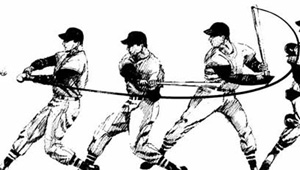
First, let us understand the direction the ball comes to us. A pitcher pitches off of a 10 inch mound and because he is elevated when he pitches the ball, the ball will come to the hitter diagonally down.
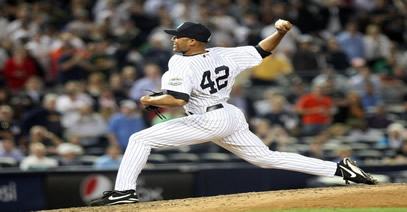
If you can visualize a ball coming to a hitter on a downward plane and the hitter also swinging on a downward plane, the hitter has only one chance to intersect with the ball on contact.
When hitters hear the term “swing down”, they will almost always swing on a vertical plane. Perhaps coaches teach this because in their minds, this would be a short stroke. However, while swinging down would be shorter, which would be beneficial, this action does not place the bat in alignment for the best contact with the ball.
Swinging down is also popular with coaches because they feel it will hit ground balls in little league and youth baseball, where fielders struggle to make these plays. In other words, more chances for errors give them a better chance for getting on base. This is a negative way to think about learning how to be teaching the professional baseball swing because it does not maximize hitting ability. As a player grows in the game, there will be other players who will be excellent in fielding and throwing out grounders.
Here is another important point, and we have tested this time and time again. Swinging down hits more pop-ups than ground balls. We identify the action of “swinging-down” that hits a pop-up as a “scrape”. The ball counter acts the downward swing and can actually hit a pop-up each time.
So where is the adjustment? We do not swing down. But we do go down to start the swing. By driving to the ball diagonally down, keeping our hands inside the ball, and the bat head above the hands as we pivot (drive), this puts us in perfect position to make the best contact.
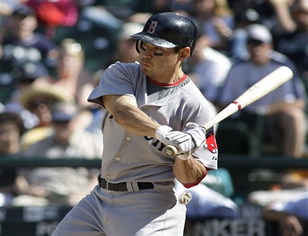
We then invert the bat so that the top hand goes under the stroke, the bat head then goes diagonally up. This perfectly matches the pitch which is coming to the batter on a downward plane.
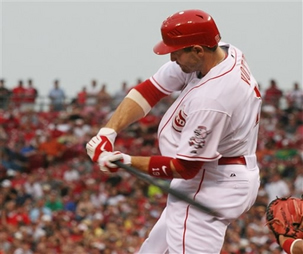
We go to the ball diagonally down, and our stroke goes diagonally up. If we do this correctly we perfectly match the path of the ball with the path of the bat barrel… like this:
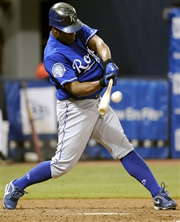
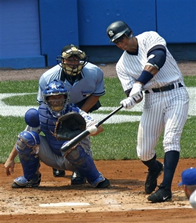
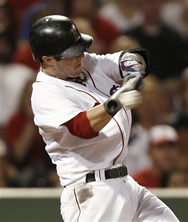
As you can see, it makes no difference if the ball is down the middle, low or high in the strike zone… as long as we keep our hands “above” the ball and the barrel “below” the ball we can achieve the proper bat path that matches the downward plane of the pitch. The result is a solid contact with the ball and the chances of success are greatly increased.
NEVER do we want the bat head to point to the ground at, near or after contact! If, we happen to have the barrel pointed to the ground.. or, on a downward plane at contact, you will usually see a pop up because the bat will hit the face of the ball rather than the core of the ball.
Diagonally down starts the swing, bat barrel above the hands. At the Drive position when the hips have launched and the hands begin to attack the ball, the positions reverse. The bat barrel now drops below the hands to get the barrel on the same plane as the incoming pitch angle.
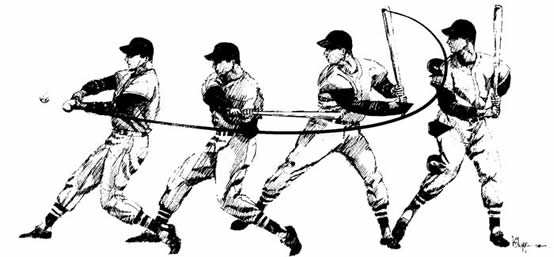
And remember, the goal is to match the path of the ball – No matter where it is! If you have made the decision to swing, you must get the bat on the path of the ball to have success. Look at the various paths in the following photos. All of these swings were Home Runs! Are they perfect Strikes? Not necessarily.
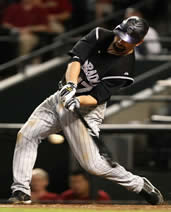

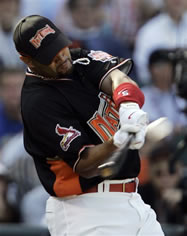
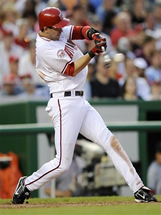
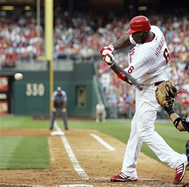
The success of these swings were a result of matching the plane of the barrel with the plane of the pitch. You must learn this if you are to become the best hitter you can be.

Can you guys do a drill so we can work on this. I am having trouble with my bat plane because all my hits go into the ground. Email me when you make it. Thanks.
That is a great idea for an article. We will see if our authors will tackle this one. Thanks!
Did you write an article for drills relating to the swing path?